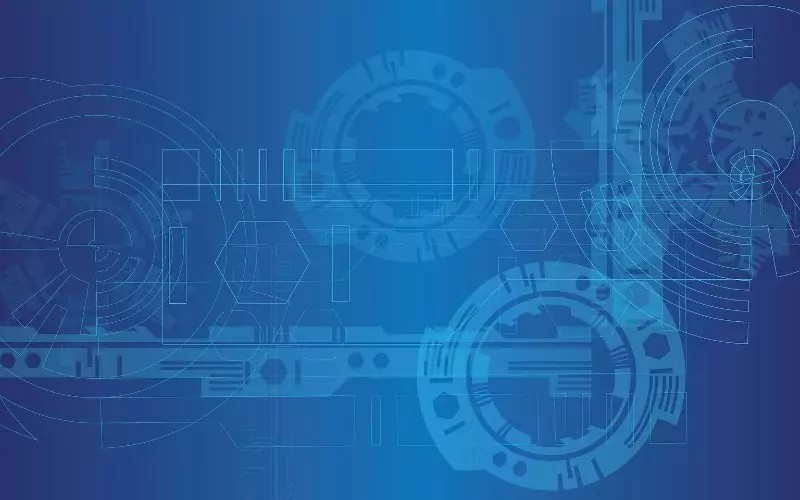With the rise of technology, cybersecurity has become a paramount concern for businesses globally.
Kevin Mitnick, once on the FBI’s most-wanted list, now a cybersecurity consultant, stresses that human error is a common entry point for cybercriminals.
The Human Element in Cybersecurity
Cybersecurity threats often stem from the very individuals entrusted with safeguarding sensitive information. Kevin Mitnick, a former high-profile hacker, now a security consultant, emphasises that humans are traditionally the weakest link in cybersecurity. Through social engineering, bad actors manipulate unsuspecting employees into handing over vital information, bypassing sophisticated security systems. Mitnick exemplifies this by recounting the phishing attack on John Podesta, which highlighted the vulnerability of untrained personnel in key positions.
Exploiting Social Networks for Cyber Attacks
The digital age has facilitated widespread access to personal and professional information through social media platforms. Mitnick warns that platforms like LinkedIn are treasure troves for hackers. They exploit these networks to gather intelligence on potential targets, often sales and marketing professionals, who travel frequently and access corporate networks remotely. By posing as a trustworthy associate, hackers infiltrate the ‘circle of trust’ within a company, creating a facade of legitimacy to execute their malicious plans.
The Illusion of Technological Safety
Many firms overly depend on advanced security technologies, underestimating the human factor. Mitnick criticises this misplaced reliance, pointing out that technology alone cannot protect an organisation from breaches. Instead, companies should foster environments where employees understand their roles in maintaining security. The concept of ‘social engineering’ is pivotal here, where trust within peer-to-peer platforms can betray a business if exploited by hackers. Peer-to-peer sharing, once common during the boom of platforms like BearShare, is still a conceivable vector for infiltration when overlooked.
The Growing Threat of the Internet of Things
As technology evolves, so do cybersecurity threats. Graham Cluley, a security expert, highlights the ascension of the Internet of Things (IoT) in increasing these risks. Smart devices, now integral to modern lifestyles and business operations, are often implemented without prioritising security and privacy. This negligence makes them easy targets for hackers aiming to breach networks. As businesses integrate more of these technologies, understanding the potential security breaches they introduce becomes crucial to protecting organisational data.
Social Engineering: The Hackers’ Tool of Choice
Social engineering is described by Mitnick as a technique where hackers exploit human psychology rather than technical vulnerabilities. They gain trust and manipulate individuals into divulging critical information. This method is preferred over direct technological hacks because it circumvents more secure systems by targeting individuals perceived as the weakest link.
Developing a Robust Security Culture
The first step in protecting a business’s assets is cultivating a culture of security awareness among employees. Training and continuous education are paramount. Mitnick urges companies to regularly update their security protocols and offer training sessions, making employees aware of the latest threats and how to avoid them. This proactive approach reduces the likelihood of falling prey to social engineering tactics.
Key Takeaways for Businesses
Organisations need to reassess how they view cybersecurity, focusing more on the human elements than purely technological solutions. By implementing comprehensive training programmes and creating an atmosphere of vigilance, businesses can better arm themselves against cyber threats. Mitnick’s insights highlight the need for a balanced approach that considers people as intrinsic parts of the security equation.
It’s clear that cyber threats will remain a persistent challenge as technology advances.
Businesses must focus on both technological defences and employee training to mitigate these risks effectively.

